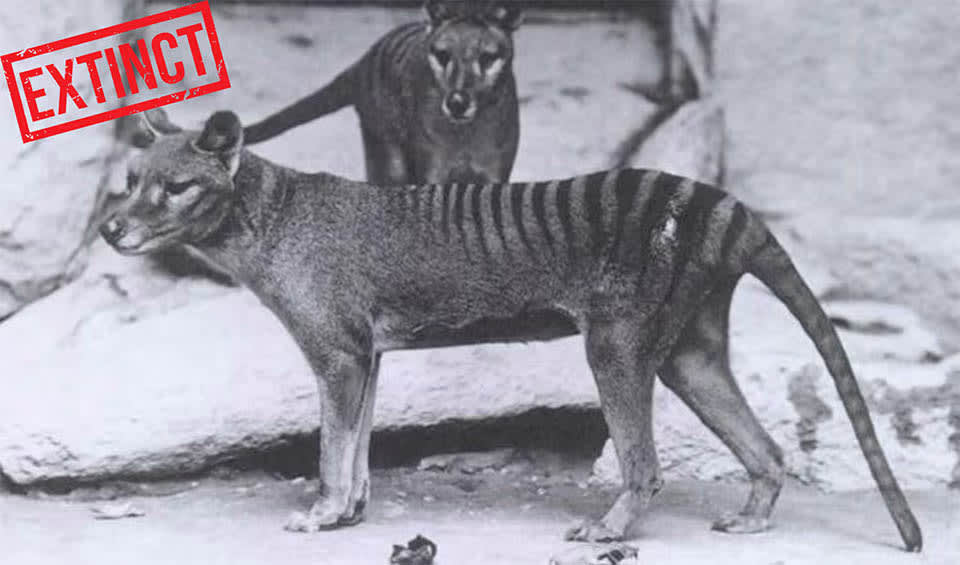This carnivorous marsupial, with a visage akin to that of a dog, striped like a tiger, and possessing a marsupial’s characteristic belly pouch, captivated the imagination of those who were fortunate enough to observe it in the wild or in captivity. Its unique blend of features from different animal families made it a subject of both fascination and misunderstanding.
Native to Australia, Tasmania, and New Guinea, thylacines were the largest known carnivorous marsupials of modern times, playing a pivotal role in their ecosystems as apex predators. Despite their formidable appearance and hunting prowess, thylacines exhibited a natural shyness towards humans, displaying no inherent danger to them. Contrary to the adaptability seen in many predators, thylacines possessed several physical limitations. They were not adept climbers, nor could they sustain high speeds over long distances, which suggested a reliance on stealth and ambush rather than endurance or arboreal hunting strategies. Their sensory adaptations were also unique; their eyes were not particularly suited for nocturnal activity, and their bear-like ears indicated a reliance on hearing over sight for hunting in the dim twilight of their habitats.
The decline and eventual extinction of the thylacine can be attributed to a combination of factors, including habitat destruction, competition with introduced species such as dogs, and direct persecution by humans who considered them a threat to livestock. The last known thylacine died in captivity in the Hobart Zoo in Tasmania in 1933, marking a somber milestone in the story of human impact on natural species.
Since the thylacine’s disappearance, there have been numerous unconfirmed sightings and reports, fueling speculation and hope that the species may still exist in remote parts of Tasmania. However, despite these claims and extensive searches, no concrete evidence has emerged to prove the thylacine’s continued existence in the wild.
Distribution
 Australia
Australia Official estimate
Official estimate
Anything we've missed?
Help us improve this page by suggesting edits. Glory never dies!
Suggest an editGet to know me
Terrestrial / Aquatic
Altricial / Precocial
Polygamous / Monogamous
Dimorphic (size) / Monomorphic
Active: Diurnal / Nocturnal
Social behavior: Solitary / Pack / Herd
Diet: Carnivore / Herbivore / Omnivore / Piscivorous / Insectivore
Migratory: Yes / No
Domesticated: Yes / No
Dangerous: Yes / No





